Introduction
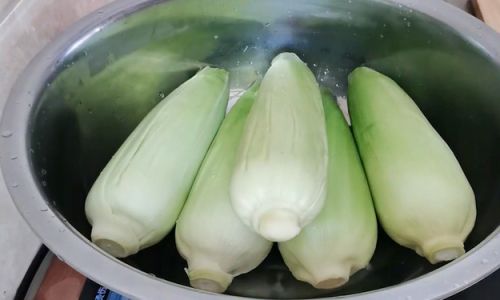
Coconuts, often hailed as nature’s “treasure trove,” offer a myriad of health benefits and culinary delights. From their refreshing coconut water to their versatile coconut meat, these tropical fruits are cherished worldwide. Among the various parts of the coconut, the meat—or kernel—stands out for its creamy texture, mild sweetness, and nutritional richness. However, preserving fresh coconut meat can be challenging, especially for those who live in areas where coconuts are not natively grown or in seasons when they are not readily available. This article delves into the best preservation methods for fresh coconut meat, ensuring that you can enjoy its delights throughout the year.
Understanding Fresh Coconut Meat
Before discussing preservation methods, it’s crucial to understand the nature of fresh coconut meat. The meat is the edible, white, fleshy part found inside the coconut shell, surrounding the coconut water. It is high in fiber, healthy fats, and essential nutrients such as magnesium, potassium, and iron. Fresh coconut meat has a delicate flavor and texture that can vary depending on the coconut’s age and variety. Younger coconuts tend to have softer, more gelatinous meat, while older coconuts have firmer, more fibrous meat.
Why Preserve Fresh Coconut Meat?
Preserving fresh coconut meat is beneficial for several reasons:
-
Extended Shelf Life: Fresh coconut meat can spoil quickly, especially in warm climates. Preservation extends its shelf life, allowing you to enjoy it long after it has been harvested.
-
Convenience: Preserved coconut meat can be used in various recipes without the hassle of opening a fresh coconut each time.
-
Nutrient Retention: Proper preservation methods can help retain the nutrients and flavors of fresh coconut meat.
-
Economical: Buying and preserving coconut meat in bulk can be more economical than purchasing it frequently in smaller quantities.
Best Preservation Methods for Fresh Coconut Meat
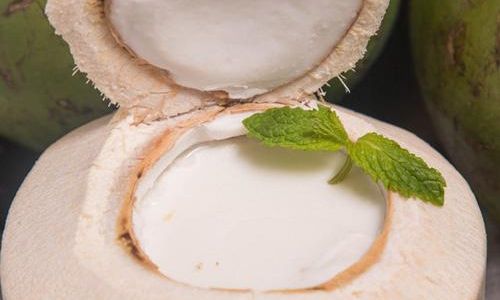
Several methods can be employed to preserve fresh coconut meat, each with its own set of advantages and considerations. Here are some of the most effective methods:
Freezing Fresh Coconut Meat
Freezing is one of the most popular and effective methods for preserving fresh coconut meat. It retains the meat’s texture and flavor for an extended period.
Steps for Freezing Fresh Coconut Meat:
- Preparation: Open the coconut and remove the meat. Peel off the brown outer skin if desired.
- Chopping: Cut the meat into small, manageable pieces. This makes it easier to store and thaw later.
- Blanching (Optional): Blanching the coconut meat in boiling water for about 2-3 minutes can help to kill any bacteria and enzymes that could cause spoilage. After blanching, plunge the pieces into ice water to stop the cooking process.
- Drying: Pat the meat dry using paper towels to remove any excess moisture. Moisture can cause freezer burn.
- Storage: Place the pieces in an airtight container or freezer bag. Label the container with the date and contents.
- Freezing: Place the container in the freezer. Fresh coconut meat can be stored in the freezer for up to 6 months.
Thawing and Using Frozen Coconut Meat:
- Thawing: To thaw, place the desired amount of coconut meat in the refrigerator overnight. Alternatively, you can thaw it under cold running water or in the microwave, but be cautious of overcooking.
- Usage: Once thawed, the coconut meat can be used in various recipes, from smoothies and desserts to savory dishes.
Drying Fresh Coconut Meat
Drying coconut meat is another excellent preservation method, especially for those who prefer a longer-lasting, shelf-stable product. Dried coconut meat can be used in a variety of ways, including as a snack or an ingredient in baked goods.
Steps for Drying Fresh Coconut Meat:
- Preparation: Peel and grate the coconut meat using a cheese grater or food processor.
- Blanching (Optional): As with freezing, blanching can help to preserve the color and texture of the dried coconut meat.
- Dehydrating: Spread the grated coconut meat evenly on dehydrator trays. Set the dehydrator to a temperature of around 135°F (57°C) and allow it to dry for about 8-12 hours, or until the meat is completely dry and脆y. Alternatively, you can use an oven set to its lowest temperature with the door slightly ajar to allow moisture to escape.
- Storing: Once dried, store the coconut meat in an airtight container in a cool, dark place. Dried coconut meat can last for several months to a year.
Canning Fresh Coconut Meat
Canning is a traditional preservation method that involves sealing food in airtight containers and processing them to destroy harmful microorganisms. Canned coconut meat can be stored for long periods and is ideal for use in cooking and baking.
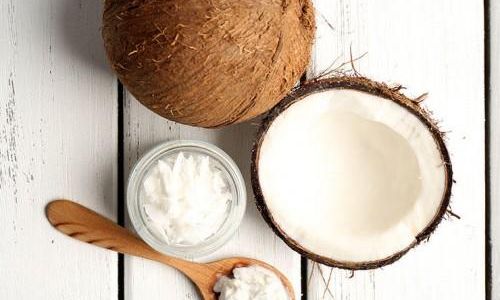
Steps for Canning Fresh Coconut Meat:
- Preparation: Peel and chop the coconut meat into small pieces.
- Blanching: Blanch the pieces in boiling water for about 5 minutes to soften them and kill any bacteria.
- Packing: Pack the blanched coconut meat into clean, sterile canning jars, leaving about 1 inch of headspace.
- Covering: Pour boiling water over the coconut meat, ensuring that there are no air bubbles and that the headspace is maintained.
- Sealing: Secure the jar lids and process the jars in a boiling water canner or pressure canner. For boiling water canners, process jars for about 75 minutes for pint-sized jars and 90 minutes for quart-sized jars. For pressure canners, process at 10 psi for 60 minutes for either size.
- Cooling: Remove the jars from the canner and allow them to cool completely. Check for proper sealing by pressing the center of each lid. If it does not move, the jar is sealed.
- Storing: Store canned coconut meat in a cool, dark place. Properly canned coconut meat can be stored for up to a year.
Fermenting Fresh Coconut Meat
Fermenting coconut meat is a less common but interesting preservation method that creates a tangy, probiotic-rich product. Fermented coconut meat can be used in various dishes, from salads to smoothies.
Steps for Fermenting Fresh Coconut Meat:
- Preparation: Peel and grate the coconut meat.
- Mixing: Place the grated coconut meat in a clean, non-reactive container. Add a small amount of salt (about 1/2 teaspoon per cup of coconut meat) and enough filtered water to cover the meat.
- Fermenting: Cover the container with a clean cloth or cheesecloth and secure it with a rubber band. Place the container in a warm, dark place. Stir the mixture daily to prevent mold and to ensure even fermentation. The fermentation process can take anywhere from 3-7 days, depending on the temperature and desired level of tanginess.
- Storing: Once fermented to your liking, transfer the coconut meat to an airtight container and store it in the refrigerator. Fermented coconut meat can be stored for up to 2 weeks.
Pickling Fresh Coconut Meat
Pickling is another preservation method that adds a tangy, acidic flavor to coconut meat. Pickled coconut meat can be used as a relish, garnish, or snack.
Steps for Pickling Fresh Coconut Meat:
- Preparation: Peel and chop the coconut meat into bite-sized pieces.
- Brining: Place the coconut meat in a bowl and cover it with a brine solution made from 1 cup of water and 1/4 cup of pickling salt. Let it sit for about 2 hours.
- Rinsing: Rinse the brined coconut meat under cold water and drain well.
- Pickling Liquid: In a large pot, combine 2 cups of vinegar (apple cider or white vinegar), 1 cup of sugar, 1 cup of water, and any desired spices or herbs (such as mustard seeds, garlic, or peppercorns). Bring the mixture to a boil and simmer for about 5 minutes.
- Packing: Pack the coconut meat into clean, sterile jars, leaving about 1/2 inch of headspace. Pour the hot pickling liquid over the meat, ensuring that there are no air bubbles and that the headspace is maintained.
- Sealing: Secure the jar lids and process the jars in a boiling water canner for about 10 minutes.
- Cooling: Remove the jars from the canner and allow them to cool completely. Check for proper sealing.
- Storing: Store pickled coconut meat in a cool, dark place. Properly canned pickled coconut meat can be stored for up to a year.
Conclusion
Preserving fresh coconut meat is a great way to enjoy its delicious flavor and nutritional benefits throughout the year. Whether you choose to freeze, dry, can, ferment, or pickle your coconut meat, each method offers unique advantages and can help you create a variety of delicious dishes. By following the steps outlined in this article, you can confidently preserve your fresh coconut meat, ensuring that it stays fresh, flavorful, and nutritious
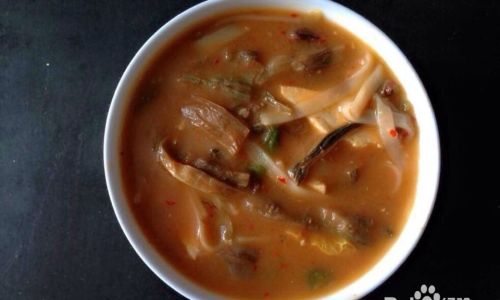

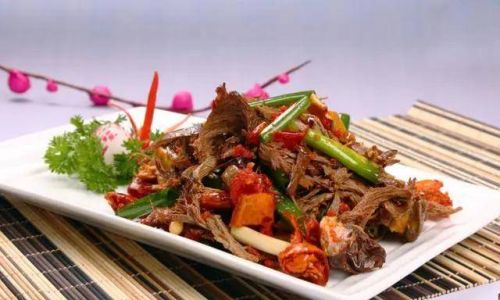
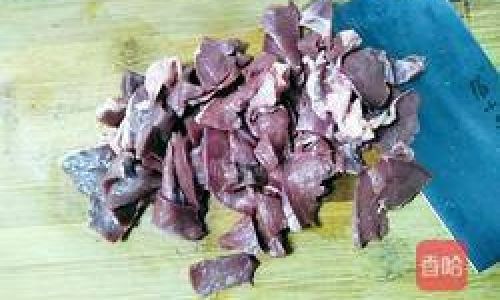
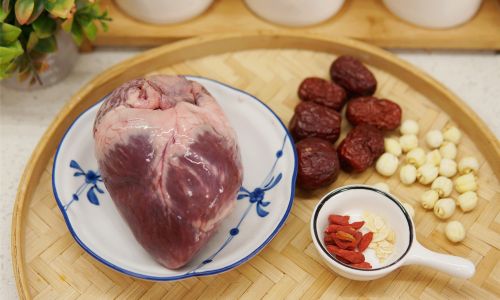
0 comments